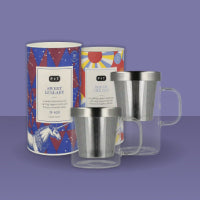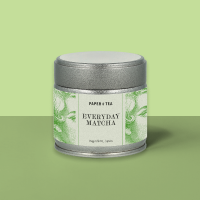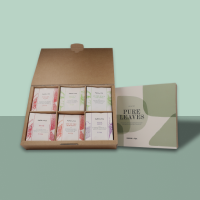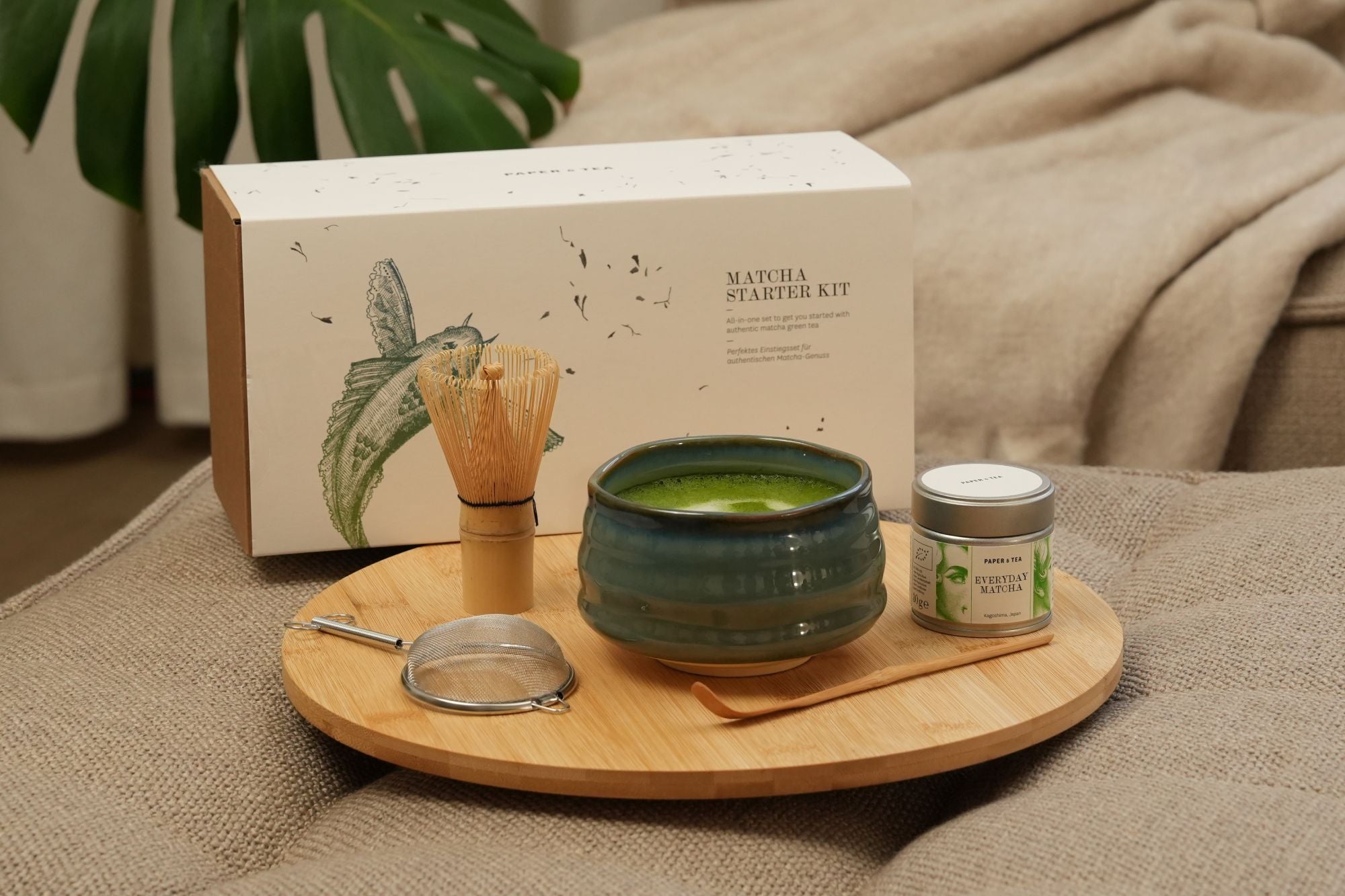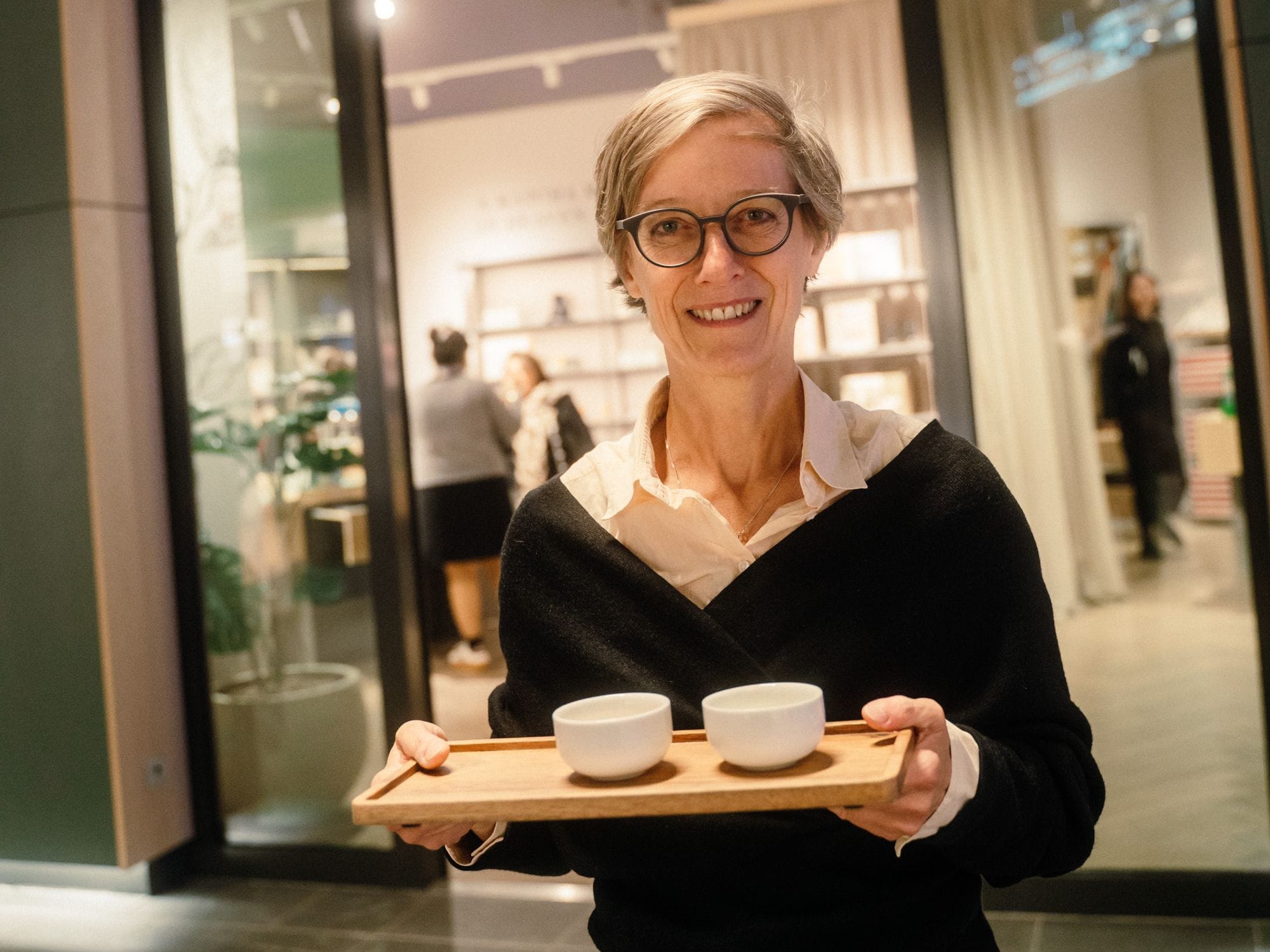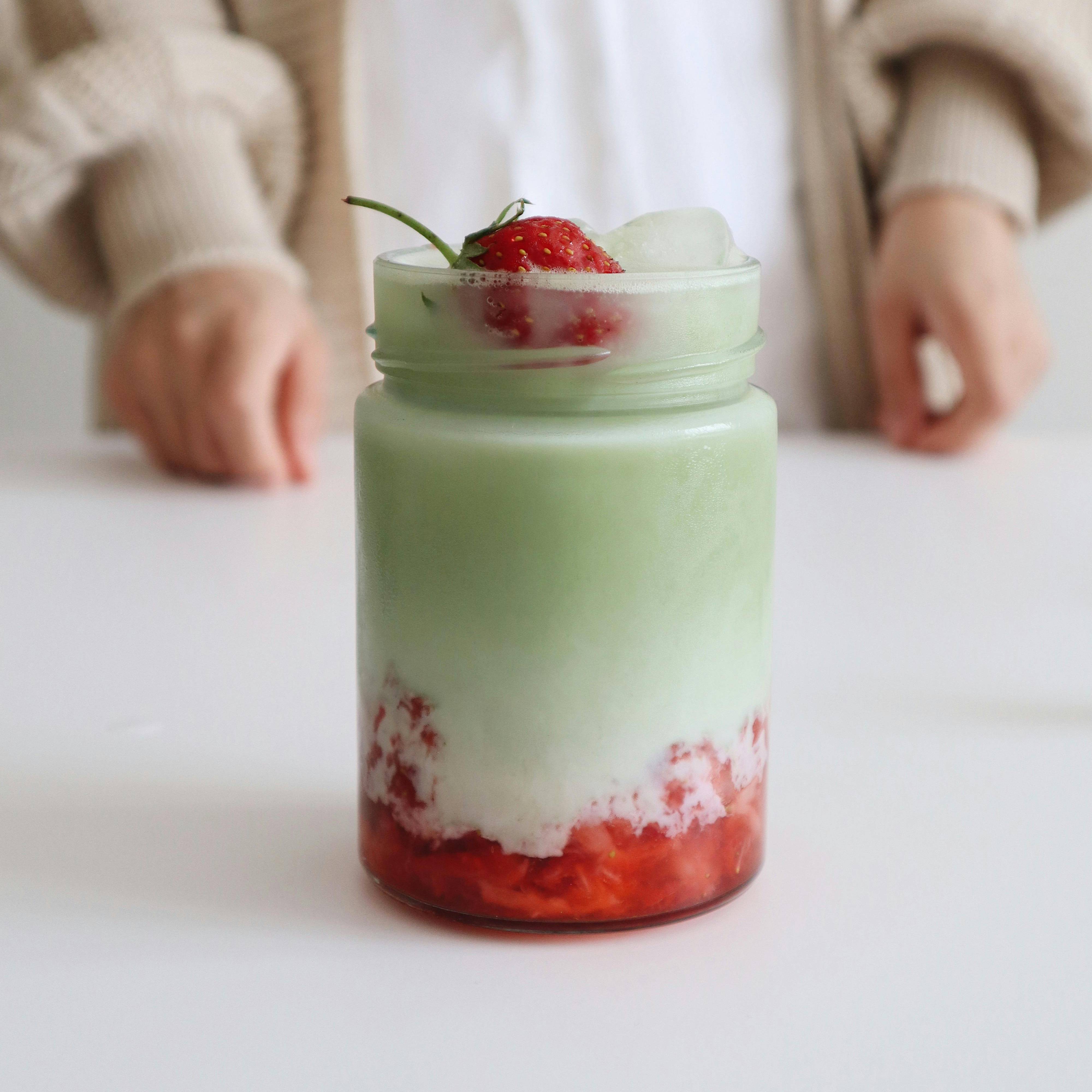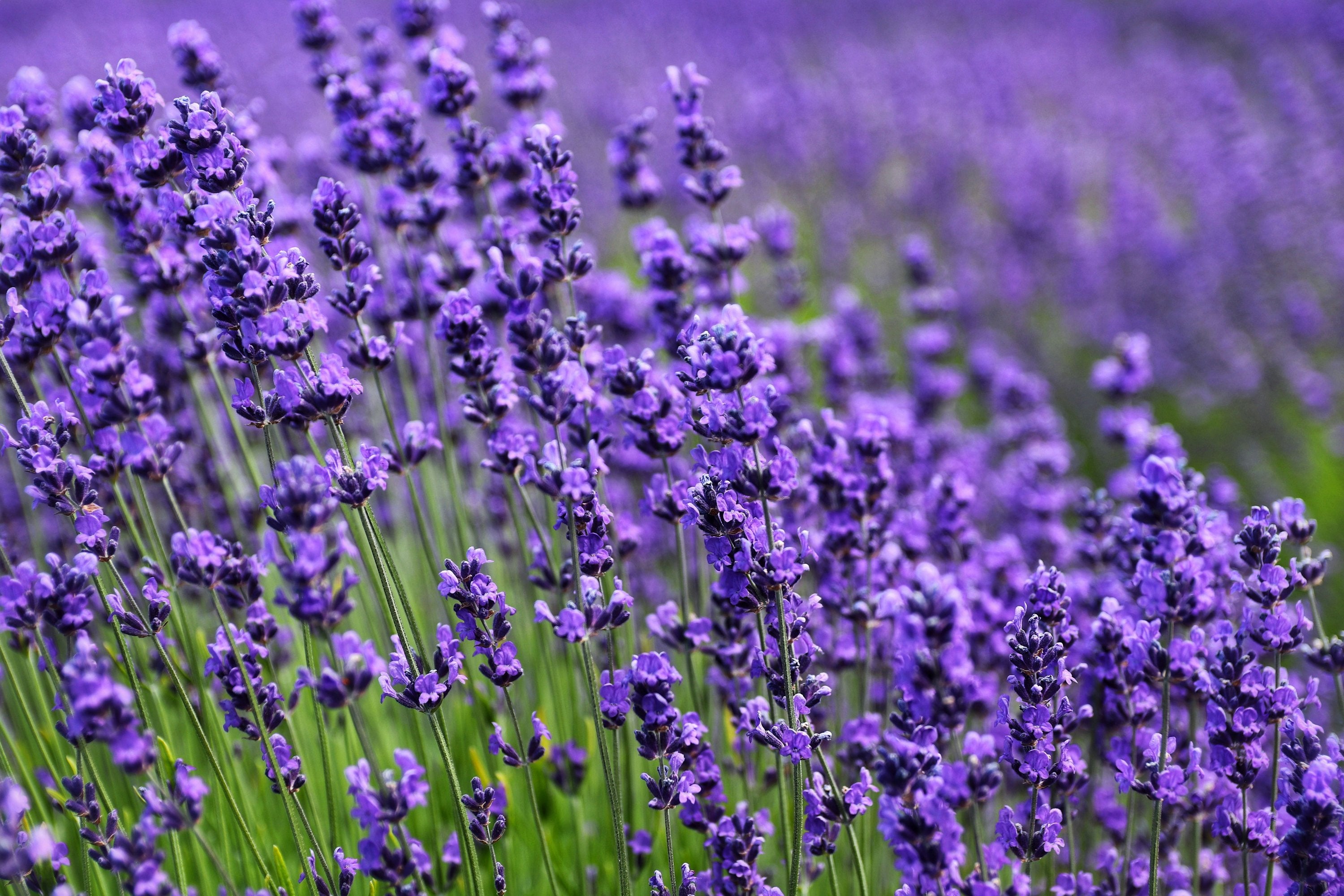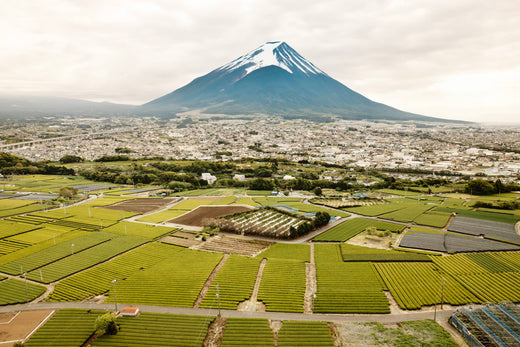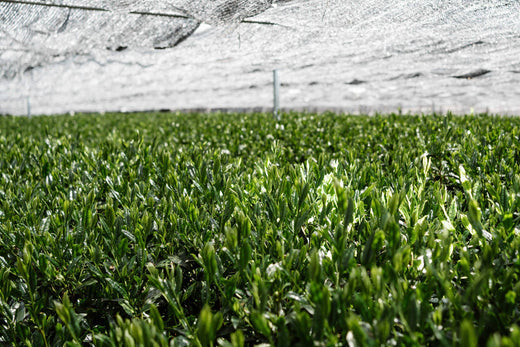It’s that intense flavor that keeps a meal in our minds: umami. For some, "umami" might already be a familiar term, as this Japanese word is used for delicious food. But what exactly is the umami flavor? In which foods can we find it and in what way does it present itself in tea? We will explore this fascinating aroma that is a hidden gem to our taste buds.
What is Umami?
At the beginning of the 20th century, Japanese chemist Kikunae Ikeda wanted to uncover the secret of the popular "dashi" broth. The seaweed-based soup had something unique in its taste that fascinated the chemist. In 1908 he managed to unravel the mystery of the tasty broth! He discovered the previously unknown amino acid glutamic acid. The effect of this natural flavor enhancer he called “umami.” A characteristic of the umami flavor is its outstanding depth and savoriness, sometimes described as meaty - simply put, outstandingly delicious. Today, umami is considered the fifth taste quality, alongside sweet, salty, sour, and bitter, that we can taste with receptors on our tongue. As the most recently discovered taste note, considered difficult to describe, umami has not been known to us for very long and thus receives even more attention and admiration. However, umami is not just a phenomenon from the Far East; we can also find it in familiar ingredients.

Which Foods Are Umami?
What would a plate of fresh pasta be without a generous portion of freshly grated Parmesan? The Italian hard cheese is a pure umami bomb. The hearty savoriness of umami comes from special chemical compositions in food, so some foods are richer in umami than others. Often, umami is created during a maturation process; therefore, fermented foods like Korean kimchi, soy sauce, Japanese miso paste, or yeast flakes taste particularly delicious. Other foods naturally contain incredible umami potential, such as fish, seafood, seaweed, tomatoes, or mushrooms. With the right preparation, they unfold a distinct umami.
Discovering Umami in Tea
What do Parmesan cheese and tea have in common? At first glance, not much, yet both delicacies have a particularly high umami content in their taste. This creates the intense, almost addictive factor typical of both the Italian hard cheese and tea. How does this umami flavor come about in tea? And which teas promise a particularly savory experience? In the following, you will learn everything about umami in tea.
The Sources of Umami Flavor
Whether in matcha or the exceptional gyokuro, green tea from Japan is a special treat for the palate. The umami richness that we appreciate in green tea is created by shading before harvesting that develops into excellent flavor notes after brewing.
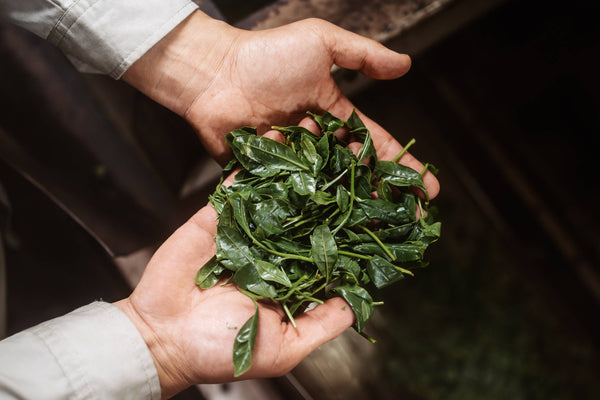
Why Umami in Tea Is Special
Why does Japanese green tea have so many admirers worldwide? It’s the depth and complexity of green tea that makes it so desirable. It’s the interplay of grassy sweetness, a pleasant, subtle bitterness, and a creamy aroma that you can savor while taking a sip. This delight keeps us sticking to Japanese green teas and wanting to dive deeper into the aromatic world of these diverse varieties.
How Umami Is Created in Tea
The outstanding umami flavor in Japanese green tea results from its special cultivation technique: traditional shading. The delicate tea plants are covered with dark nets a few weeks before their first harvest. The shading over several weeks is responsible for the unique umami in matcha or gyokuro. Initially developed to protect the delicate tea plant from strong environmental influences, the discovery of the special umami taste was purely coincidental.
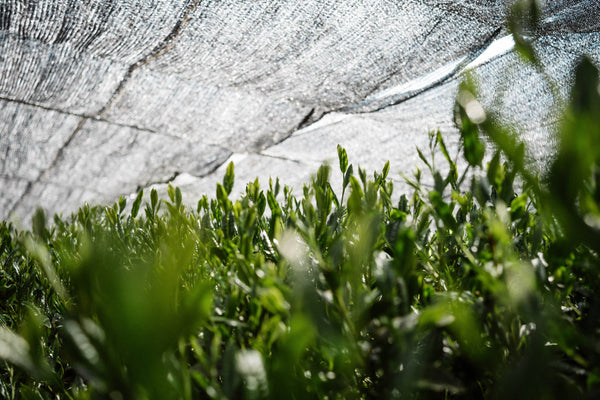
The Proper Preparation of Umami-Rich Tea
For the full umami deliciousness in tea, it's essential to have the right preparation. The special Japanese green tea unfolds its complex aromas, brewed with a gentle water temperature, a short steeping time, and the right amount of tea. We recommend a water temperature of 70°C for particularly umami-rich teas. This way valuable aromas can be preserved and let their umami magic happen. Additionally, a short steeping time is recommended. After barely a minute, the grassy sweetness and flavorful depth of these teas come to the forefront.
With high-quality green teas, such as those you find at PAPER & TEA, a small amount of tea is enough for an intense aroma.
Are you curious about the world of green tea? In our guide to green tea, we explore more.
What Pairs Well with Umami Tea?
To highlight the umami flavor in tea, you can pair it with certain foods. This so-called "food pairing" might already be familiar to you from wine. The diversity and complexity of tea also invites us to do so. It’s about bringing out the best flavors from the teas.
Intense matcha pairs particularly well with soy milk, as in the popular matcha latte.
Green tea and chocolate together create an aromatic taste experience, which you can try in our unique matcha tea chocolate.
The interplay of tea and other umami-rich foods like Parmesan leads to incomparable, flavorful revelations.
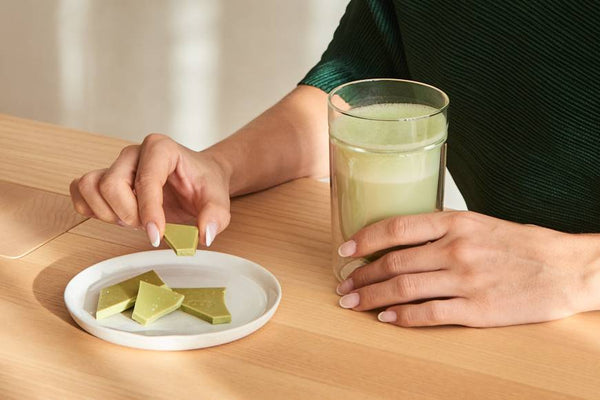
Umami Tea: A Trend for Connoisseurs
Warum Umami-Tee immer beliebter wird
Tea is a trendy drink for good reason. More and more people are discovering the multifaceted tea culture for themselves, as it holds an outstanding variety of fascinating aromas and flavors. It is also a natural source of the unique umami taste without any artificial additives. Whether it’s the trendy matcha, green iced teas, or a delicately processed gyokuro brewed in the traditional way: Umami tea is an exciting discovery for long-time tea experts as well as tea-curious people. Do you want to delve deeper into the wonderful world of matcha? Then we invite you to discover the spirit of matcha with us. Learn about its significance in Japanese tea culture, its unique preparation method, and the different grades.
Experience Umami Yourself: Tips for Getting Started
Are you curious about umami in tea? Book a tea tasting at one of our PAPER & TEA stores and let our tea experts introduce you to the world of umami tea. During individual tea tastings, you will learn about the tradition of the Japanese tea ceremony, gain exciting insights into the culture, history, and variety of teas, and learn all the essentials about acquiring tea and tea accessories. Experience a fascinating entry into the historically rich world of tea and discover umami in teas with other tea enthusiasts.
